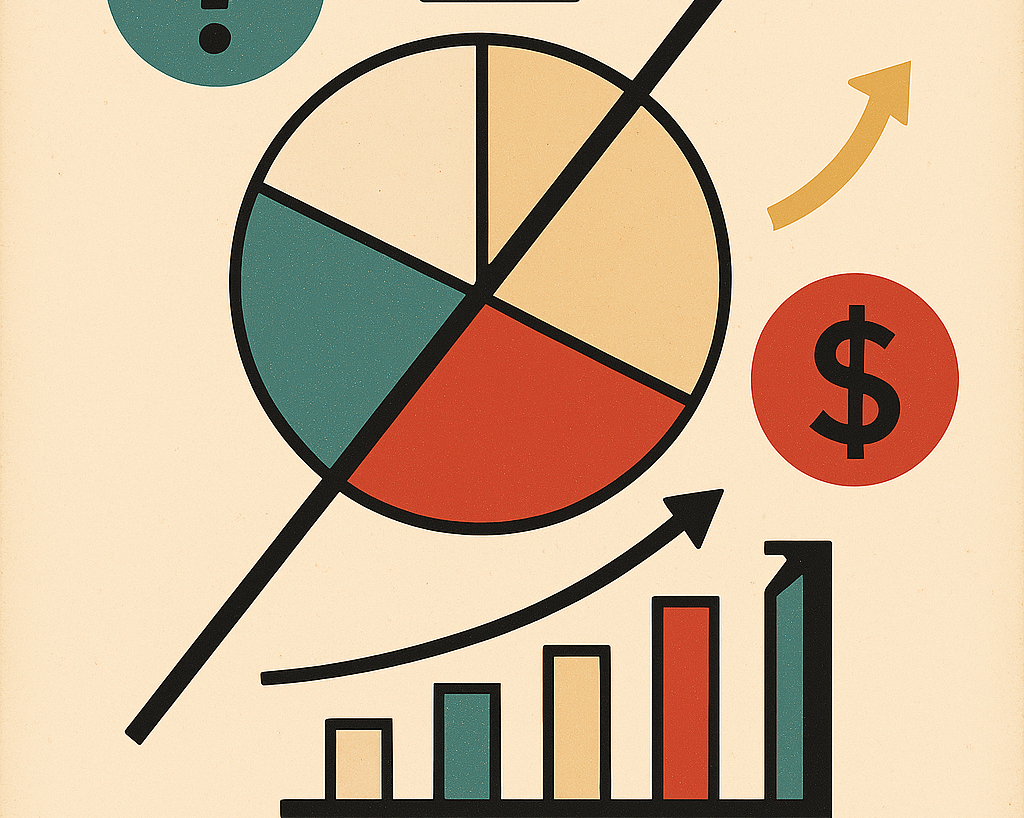
Ever wonder why your local café still charges $5 for a coffee, even though the cost of beans has dropped? That’s because of a concept in economics called sticky prices — the idea that prices, especially for goods and services, are slow to change, even when the underlying costs do.
This concept is a key part of Keynesian economics and helps explain why economies don’t always adjust quickly to changes. Wages are another example. Even if a company is struggling, it rarely lowers employee salaries. Why? Because of contracts, expectations, and fear of backlash. So even when supply or demand shifts, prices “stick” — creating temporary imbalances.
Sticky prices can make economic recoveries slower after recessions. For example, if rent prices remain high while people lose jobs, there’s a mismatch between what people can afford and what landlords expect. This can lead to inefficiency, unemployment, or slower growth — all because prices don’t move as freely as theory suggests.
So the next time someone says, “Why haven’t prices gone down yet?” — you’ve got a smart answer: because prices are sticky, and economics isn’t always as quick or clean as it looks on paper.
RELATED POSTS
View all


